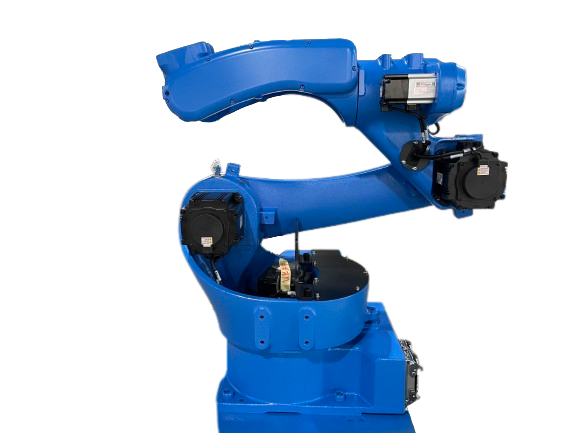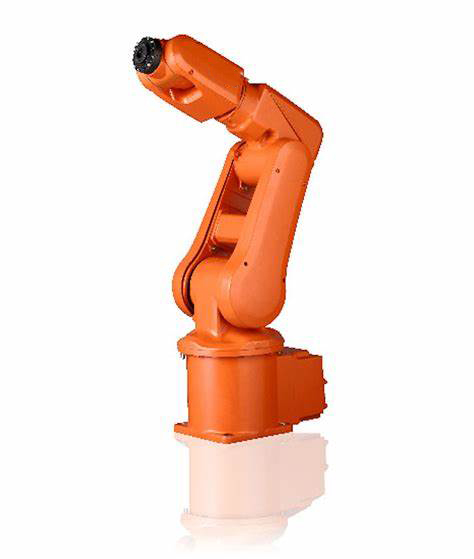Material selection for industrial robot parts in different environments
With the continuous deepening of industrial automation, industrial robots are more and more widely used in a variety of working environments, from precision manufacturing to heavy industry, and then to extreme conditions of operation, the choice of robot parts and components materials become a key factor to ensure its performance and reliability.
I. Alloy steel in general manufacturing environment
In most general manufacturing environments, robots need to have high strength and good durability. Alloy steels, such as 4340 steel, are ideal for large or high load bearing robots due to their high hardness and strength. The high modulus of elasticity and resistance to deformation of this material makes it widely used in frames and structural components of robots.
Aluminum alloys and magnesium alloys for lightweight environments
For robots pursuing high motion performance and energy efficiency, lightweight materials such as aluminum alloys and magnesium alloys are preferred. These materials not only reduce the weight of the robot, but also improve its dynamic response speed, especially for small and medium-sized robots and precision manipulation of robotic arms.
Third, cast iron and special alloys for high temperature or corrosive environments
Cast iron because of its good thermal stability and cost-effective, high temperature or corrosive environments excel. In addition, through the surface treatment technology, cast iron corrosion resistance and wear resistance can be further enhanced. Special alloys such as stainless steel or nickel-based alloys are also suitable for robotic components in chemically corrosive environments.
Fourth, cost-sensitive environment of engineering plastics
In cost-sensitive application scenarios, engineering plastics such as ABS plastic and race steel (POM) provides a cost-effective solution. These materials have good mechanical properties, easy processing, and low cost, suitable for small robots or non-critical load-bearing parts.
Fifth, high dynamic performance environment of composite materials and damping materials
For the requirements of high-speed response and precise control of the robot, composite materials such as carbon fiber reinforced plastic (CFRP) and viscoelastic large damping materials can significantly improve its dynamic performance. The high stiffness and damping properties of these materials enable robots to maintain stability and precision at high speeds.
The performance and range of applications of industrial robots depend greatly on the choice of materials used for their components. As technology continues to advance, the development and application of new materials offer more possibilities for the design and manufacture of robots.
Chengheng Power, with its expertise in high pressure, low pressure and gravity casting, has established partnerships with domestic robot manufacturers. By providing high-quality casting parts, Zhengheng Power not only meets the diversified demands of robot manufacturers for material properties, but also makes positive contributions to promoting the development of industrial automation.
Post time: Apr-29-2024












